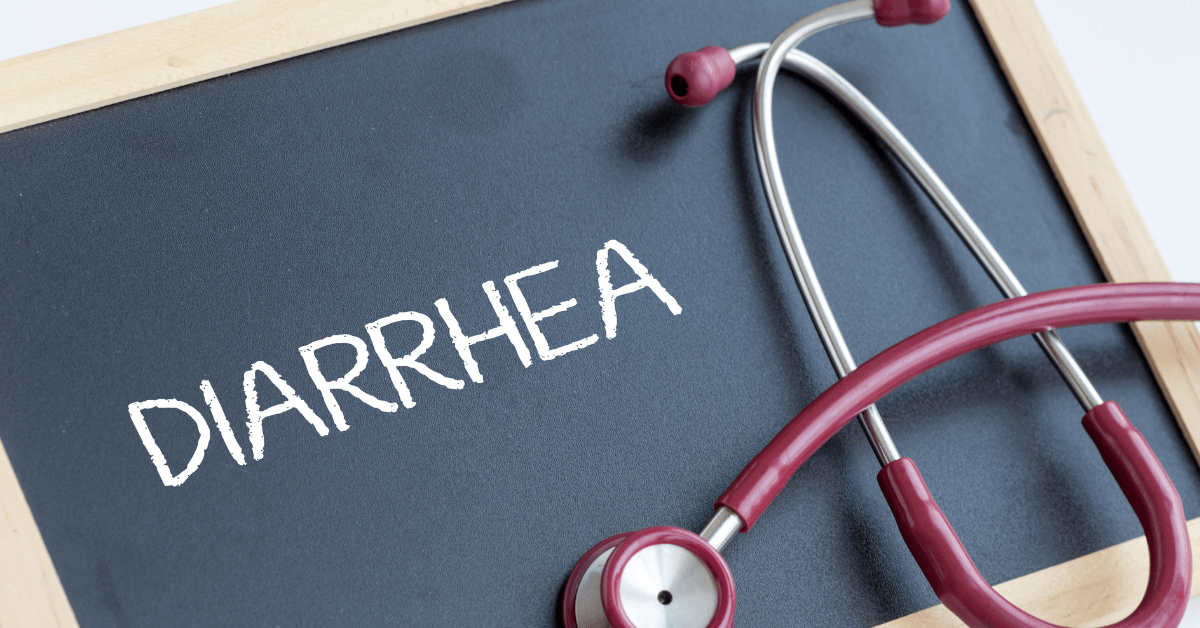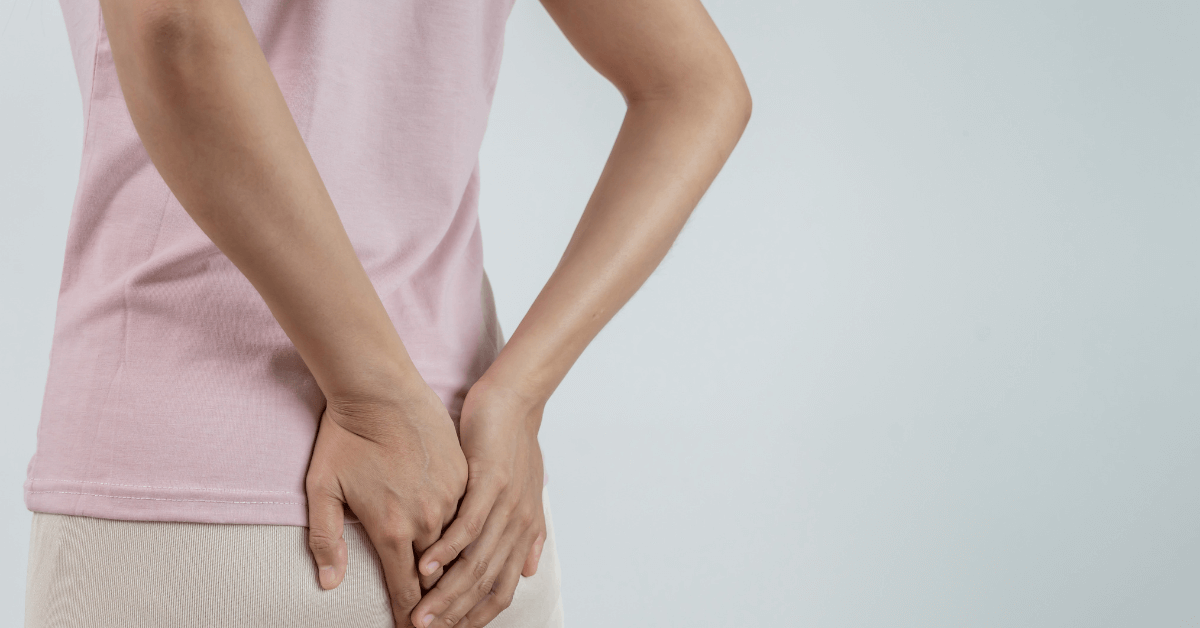Pilonidal cysts are a common but painful condition that can significantly affect a person’s comfort and quality of life. These cysts typically develop near the tailbone and often cause considerable discomfort, especially when sitting. Understanding what causes pilonidal cysts is essential for prevention and early treatment. In this guide, we will explore the common causes, risk factors, and prevention strategies associated with pilonidal cysts. Additionally, we’ll provide expert insights into how to manage the condition if it develops.
What Are Pilonidal Cysts?
Before diving into the causes, let’s first define what a pilonidal cyst is. A pilonidal cyst is a sac-like structure that typically forms near the tailbone, at the top of the buttocks. These cysts can be filled with hair, skin debris, or fluids. They may cause irritation, pain, and sometimes infection if not treated. Often, pilonidal cysts are benign but can become painful or lead to abscesses that require medical intervention.
Pilonidal cysts are most common in people between the ages of 15 and 35. However, they can affect anyone, regardless of age. It’s important to recognize the signs and causes of pilonidal cysts to prevent complications and take timely action.
What Causes Pilonidal Cysts?
1. Ingrown Hairs
One of the leading causes of pilonidal cysts is the presence of ingrown hairs. When hair from the surrounding area of the buttocks grows back into the skin, it creates a foreign object beneath the surface. This leads to an inflammatory response, and over time, a cyst can form. The body attempts to contain the hair, but it may lead to the formation of a sac-like structure that can fill with pus or fluid.
2. Friction and Pressure
Prolonged friction and pressure on the skin can also contribute to the development of pilonidal cysts. Individuals who spend long periods sitting especially in jobs that involve sitting for hours, like truck drivers or office workers are at a higher risk. This pressure can irritate the skin near the tailbone and cause hair follicles to become damaged. Over time, the damaged follicles may become infected and lead to cyst formation.
3. Hormonal Changes
Hormonal fluctuations, particularly during puberty, may also play a role in the development of pilonidal cysts. During puberty, an increase in body hair and oil production can cause hair follicles to become blocked more easily. This is one reason why pilonidal cysts are more common in young adults, especially those who are in their teenage years or early 20s.
4. Skin Trauma or Injury
Trauma to the skin can increase the likelihood of developing a pilonidal cyst. Any minor injury or irritation in the area around the tailbone can create an entry point for bacteria and hair to become trapped beneath the skin. This can lead to the development of a cyst. Even something as simple as a scratch or abrasion can set the stage for a cyst to form, especially if proper hygiene is not maintained.
5. Genetics and Family History
In some cases, pilonidal cysts may run in families, suggesting a genetic link. If someone in your family has had a pilonidal cyst, you may be at a higher risk of developing one yourself. While this is not the only contributing factor, genetics can play a significant role in determining whether you are more susceptible to developing a pilonidal cyst.
Risk Factors for Pilonidal Cysts
1. Obesity
Individuals who have a higher weight or have obesity may be at a higher risk for developing pilonidal cysts. Excess body weight creates additional pressure on the buttocks area, leading to increased friction and irritation. This can promote the development of cysts over time. Additionally, people with excess body hair may be more prone to ingrown hairs, further increasing the risk.
2. Sedentary Lifestyle
A sedentary lifestyle, characterized by long periods of sitting, is another significant risk factor for pilonidal cysts. People who spend hours sitting without taking breaks are more likely to develop these cysts. The constant pressure on the tailbone area can contribute to the formation of cysts, especially if the skin in that area becomes irritated.
3. Coarse or Thick Hair
People with coarse or thick body hair are more likely to develop pilonidal cysts. The nature of thicker hair makes it more prone to becoming ingrown. In combination with the other risk factors, this can lead to the formation of cysts. Those with dense body hair, especially around the tailbone area, should take extra care to monitor this potential risk.
4. Poor Hygiene
Maintaining good hygiene in the area around the tailbone is crucial in preventing pilonidal cysts. Poor hygiene can contribute to the accumulation of bacteria, sweat, and hair, increasing the risk of cyst formation. While hygiene alone may not be the sole cause of pilonidal cysts, it can certainly exacerbate the risk, especially in individuals with other contributing factors like coarse hair or obesity.
Symptoms of Pilonidal Cysts
Recognizing the symptoms of a pilonidal cyst early can help you seek prompt treatment and prevent complications. Common symptoms include:
- Pain and Swelling: A cyst near the tailbone can cause discomfort, especially when sitting. The area may feel tender to the touch, and you may experience aching pain.
- Drainage of Pus or Blood: An infected pilonidal cyst may drain pus, blood, or other fluids, which can lead to discomfort and potential infection.
- Redness and Inflammation: The skin surrounding the cyst may become red, swollen, and irritated. This is often a sign of infection or an inflamed cyst.
- Fever: In more severe cases, you may develop a fever if the cyst becomes infected.
If you notice any of these symptoms, especially if the cyst becomes painful or begins to drain, seek medical attention. In some cases, pilonidal cysts can lead to more serious infections if left untreated.
Diagnosis and Treatment of Pilonidal Cysts
Diagnosis
Diagnosing a pilonidal cyst typically involves a physical examination by a healthcare provider. The provider will check the affected area for signs of swelling, drainage, or redness. In some cases, imaging tests like an ultrasound or MRI may be used to determine the size and depth of the cyst.
Treatment Options
- Incision and Drainage: If the pilonidal cyst becomes infected or painful, the first course of treatment is often incision and drainage. This procedure involves making a small cut in the cyst to allow the fluid to drain out. This helps relieve pain and reduce the risk of further infection.
- Antibiotics: If there is an infection, antibiotics may be prescribed to prevent the spread of bacteria and promote healing.
- Surgical Removal: In cases where the cyst is recurrent or particularly large, surgical removal may be necessary. This involves excising the cyst and, in some cases, the surrounding tissue to prevent the cyst from coming back.
- Laser Hair Removal: For individuals who are prone to pilonidal cysts due to excessive hair growth, laser hair removal can be an effective preventive measure. Removing the hair in the affected area helps to reduce the risk of hair becoming trapped beneath the skin.
Prevention of Pilonidal Cysts
While it’s not always possible to prevent pilonidal cysts, there are several steps you can take to reduce your risk:
- Maintain Good Hygiene: Regularly clean the area around the tailbone to prevent the buildup of hair and bacteria.
- Shave or Use Hair Removal Cream: Consider removing excess hair around the tailbone to prevent hair from becoming ingrown.
- Take Breaks from Sitting: If you sit for long periods, make sure to take frequent breaks to stand up and move around.
- Wear Loose Clothing: Tight clothing can increase friction on the tailbone area, so opt for looser garments when possible.
- Maintain a Healthy Weight: Reducing excess body weight can decrease the pressure on the tailbone and reduce the risk of cyst formation.
Conclusion
Understanding what causes pilonidal cysts is the first step toward prevention and effective treatment. These cysts can be painful and disruptive, but with proper care and attention, they can be managed and even prevented. If you suspect you have a pilonidal cyst or experience any related symptoms, don’t hesitate to seek medical attention. Early intervention can lead to better outcomes and reduce the risk of recurrence.



